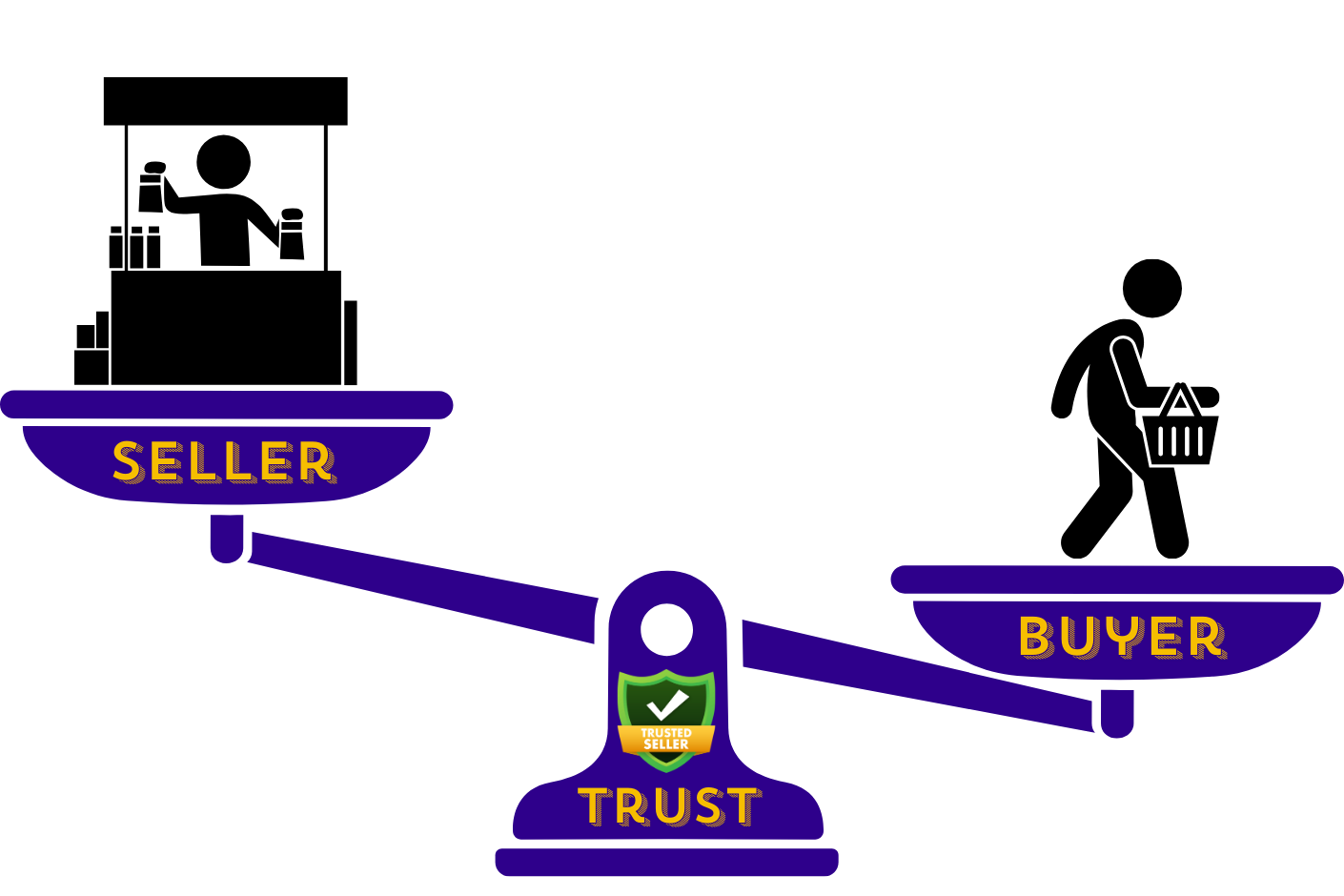“We can’t resist trusting those who make us happy” is a key principle of brand building, even though few brand builders have been able to translate it into an enduring enterprise the way Walt Disney did. It’s not an accident that his characters were huggable and that his employees were called “cast members.” He knew better than most that People spend money in the places that make them happy.

Photo by Travis Gergen on Unsplash
Strong and healthy brands have figured out how to make their customers happy. Nordstrom does it with service, genuine sales events, and a trusting guilt-free return policy; Southwest Airlines does it by hiring fun people, letting you change your flight for free, and being honest about what it means to travel on the cheap; and Costco does it by charging fair prices, having nice employees, selling $1.50 hot dogs (including a drink), doing chez Costco free dining on weekends, and making it easy to return purchases.
The Value Balance
These are trusted brands because they consistently do things that let their customers know they are valued. Compared to many of their competitors, they appear to strike a balance with their customers – a balance that favors the customers. The figure below demonstrates the value balance between buyer and seller.
This “value balance” is not a real balance so much as it is a perception on the part of the buy that the seller has over delivered. It reflects what the cliché “exceed expectations means in terms of what will keep customers coming back.
Strangers Make Brand Bedfellows
Mass migration from farms to urban centers beginning in the 1870s marked a fundamental change in the nature of the relationship between buyer and seller. What fell by the wayside were profoundly local relationships built on friendship, kinship, and mutual dependence.
The economics shifted from barter-based transactions to those based on money and contracts. As the industrial age accelerated, consumers often didn’t know whom they were buying from or what went into the products or services they bought. The loss of social pressure on suppliers but of consumers’ firsthand knowledge of product or service quality shifted transactions in favor of the seller—hence, the coining of the phrase “buyers beware.”

Photo by Nik Shuliahin on Unsplash
The Birth of Brands
Modern brand builders capitalize on the limits of this approach by reaching back to the roots of trusted relationships in respect, understanding, caring, and fairness to reassure buyers that they need not beware. They do it by emphasizing the defining characteristic of a strong and healthy brand: A predictable customer experience.
A strong and healthy brand fills the universal human need for belonging and significance. Meeting this need is what it means to be customer-centric and, thereby, serve the central tenet of free enterprise: Create an institutional means of consistently aligning the customer need for relevant and resonant products/services and the seller need for a “regular customer.”
To continue reading: Trust Me, I'm Brand!




